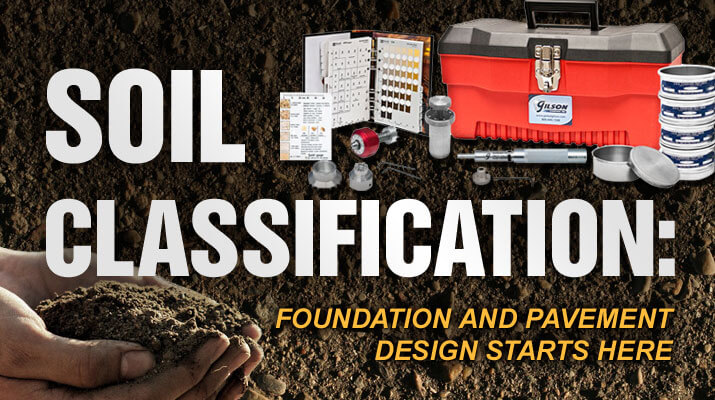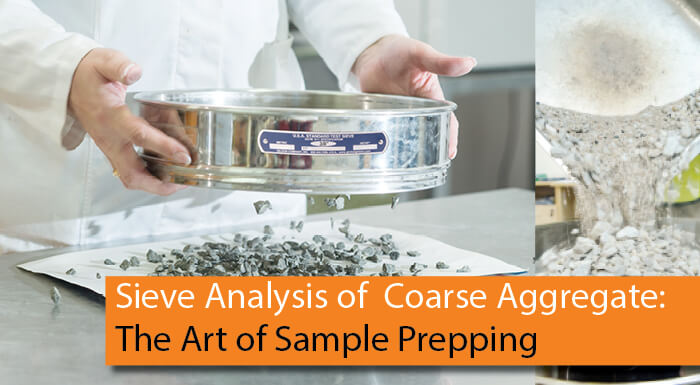
In this blog, we explore the two primary forms of soil classification for geotechnical purposes. Visual and laboratory classifications of soils are two distinct procedures that are part of a complete soils investigation.
Have questions about your materials testing equipment? We have the answers to these questions and much more right here! Check back monthly for long-form blog posts, how-to guides and infographics. We’ll address industry insights, the operation and maintenance of specific equipment, and our product line recommendations, all designed to better serve you.
Bookmark this page, add it to your RSS reader, or subscribe to our newsletter, so you never miss a hot topic.

In this blog, we explore the two primary forms of soil classification for geotechnical purposes. Visual and laboratory classifications of soils are two distinct procedures that are part of a complete soils investigation.
This blog post discusses the differences between Liquid in Glass (LiG) mercury, LiG non-mercury, and digital thermometers used in laboratory materials testing. It also explores the role each type of thermometer plays in maintaining compliance with industry standards and regulations governing the use of mercury.
This blog post lays out some of the most important features to consider when you’re looking for an oven for aggregate, soils, concrete or asphalt testing.
This infographic covers everything you need to know about the Super Air Meter (SAM) from what it is, the benefits, tips on how to use it, and more!
In order to ensure that your Gilson Asphalt Content Furnace operates smoothly for many years, we’ve outlined some maintenance procedures and tips to follow.

In part 3 of this three-part series, we’ll cover the procedure for effective particle size distribution of coarse aggregates, useful equipment and testing tips.
Concrete workability is used to describe how easily freshly mixed concrete can be mixed, placed, consolidated, and finished with minimal loss of homogeneity. Workability directly impacts the strength, quality, appearance, and cost of labor for placement and finishing operations. How can we measure workability? This blog post outlines everything you need to know about concrete workability, factors that can affect it, and helpful equipment and tests.
When using your NCAT furnace, it’s important to follow some basic weekly maintenance procedures. In this blog post, we’ll provide an easy step-by-step guide, complete with a list of do’s, don’ts, and maintenance help for the NCAT.
This blog post covers everything you need to know about the Proctor Compaction Test including history, importance, procedure, tips and more.

In part 2 of this three-part series, we’ll outline a sieve analysis of coarse aggregate including proper preparation of bulk field samples for lab testing and necessary equipment and tips.